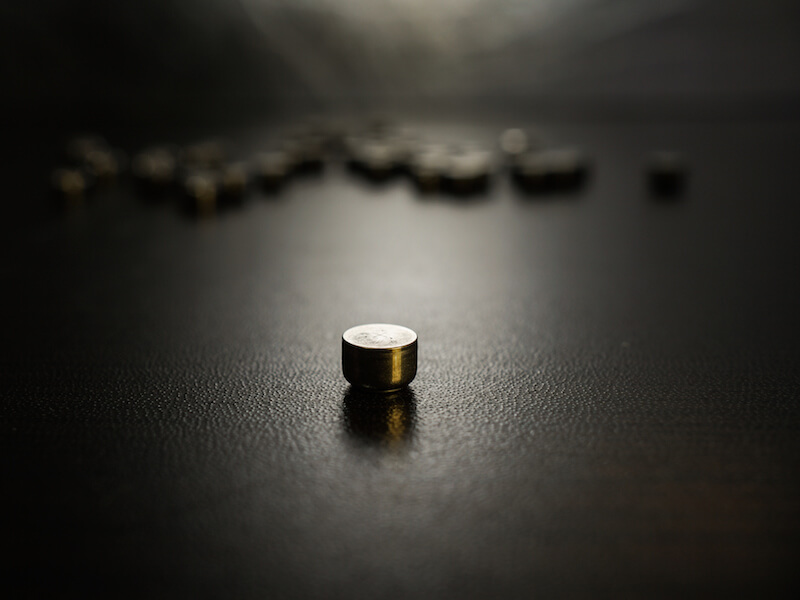
Modern technology has changed the way we power electronics of every type, from cameras to phones to music players. For decades, people looking to address hearing loss have hoped for a similar progression, and the industry is finally recognizing the promise of a powerful rechargeable hearing aid battery.
Size 312 batteries are the most prevalent of the disposable batteries that have traditionally been used to power hearing aids. The most prominent form of this battery, now, is “zinc-ion”.
The Downside to Disposable Hearing Aid Batteries
As the name would suggest, a zinc-air battery is impacted by the presence of air. The user has to tear a little tab off the back of a 312 zinc-air battery in order to activate it.
They will start draining power as soon as they are fully oxygenated. So the power is draining even if the user isn’t currently using it.
Most users regard the length of life to be the most significant drawback of disposable batteries. Some reports have estimated the standard life expectancy of a size 312 disposable battery to be between 3 and 12 days, which means users may have to replace their batteries around 120 times every year.
Because of this, besides having to buy 120 batteries, the user will need to change and properly dispose of batteries at least twice every week. From a cost point of view alone, that likely equates to over $100 in battery purchases.
Rechargeable battery Advancements
Luckily, for hearing aid users in search of another alternative, there have been significant improvements to rechargeable hearing aids that now make them a feasible option.
The vast majority of people would use rechargeable hearing aids if given an option according to various studies. Until now these models have traditionally struggled to provide a long enough charge to make them practical. However, modern advancements now facilitate an entire day of use per charge.
Users won’t see significant cost savings by switching to rechargeable batteries, but where they will see a demonstrated improvement is in quality of life.
On top of providing 24 hours of use time, these contemporary models result in less aggravation for the user, since there’s no more changing and correctly disposing of batteries. They simply need to put the battery on the charger.
When a disposable battery nears the end of its life it won’t run your hearing aid at full capacity. And you can’t tell how close the battery is to failing. So the batteries might die at the precise moment that a user needs them the most which could even put them in danger. Not only is this a safety concern, but users could miss out on important life moments because of a dead battery.
Types of Rechargeable Hearing Aid Batteries
There are distinct benefits to each of the different materials that rechargeable batteries are constructed from. Integrated lithium-ion batteries are one alternative being used by manufacturers because of their ability to hold a 24-hour charge. You may be surprised to know that this same type of technology is what charges and powers your cellphone.
Another type of contemporary rechargeable battery is a silver-zinc. Originally, these innovative batteries were developed for Nasa’s moon missions. With this technology, even your existing hearing aids can most likely be updated to run on rechargeable batteries. Just like lithium-ion, silver-zinc can also produce enough power to last you for a full day.
Some models even let you recharge the battery without removing it. During the night, or at some other time when the hearing aid isn’t being used, the entire hearing aid can be placed right into the charger
Whichever solution you choose, rechargeable batteries will be considerably better than disposable batteries. You just have to do some research to determine which solution is best for your needs.
If you’re searching for more information about hearing aid technology or how to select the proper hearing aid to satisfy your needs, we encourage you to check out our hearing aids section.